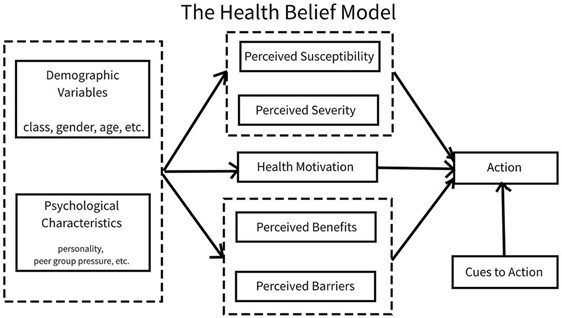Which nursing intervention should be immediately performed after the forceps-assisted birth of an infant?
Measuring the circumference of the infant's head
Applying a cold pack to the infant's scalp
Assessing the infant for signs of trauma
Administering prophylactic antibiotic agents to the infant
The Correct Answer is C
After a forceps-assisted birth, the infant should be assessed for signs of trauma or injury, such as bruising, facial nerve injury, or skull fractures. This assessment should be done immediately after the birth to ensure prompt recognition and management of any issues.
Option A is incorrect because measuring the circumference of the infant's head can be done after the assessment for trauma has been completed and any issues have been addressed.
Option B is incorrect because applying a cold pack to the infant's scalp is not a standard nursing intervention after a forceps-assisted birth.
Option D is incorrect because prophylactic antibiotics are not routinely administered to infants after a forceps-assisted birth unless there is a specific indication, such as suspected infection.

Nursing Test Bank
Naxlex Comprehensive Predictor Exams
Related Questions
Correct Answer is B
Explanation
In some cases, an endocrinologist may also be involved in the management of gestational diabetes. The nurse can anticipate that the client will be diagnosed with gestational diabetes and will be referred to a dietician for dietary modifications and glucose monitoring during the remainder of her pregnancy. Regular prenatal care will also continue, and the healthcare provider may adjust the treatment plan based on the client's individual needs.
However, a diagnosis of Type II diabetes would not be made solely based on a failed GTT during pregnancy, as gestational diabetes is a temporary condition that usually resolves after delivery.
Correct Answer is C
Explanation

Whether you are a student looking to ace your exams or a practicing nurse seeking to enhance your expertise , our nursing education contents will empower you with the confidence and competence to make a difference in the lives of patients and become a respected leader in the healthcare field.
Visit Naxlex, invest in your future and unlock endless possibilities with our unparalleled nursing education contents today
Report Wrong Answer on the Current Question
Do you disagree with the answer? If yes, what is your expected answer? Explain.
Kindly be descriptive with the issue you are facing.
